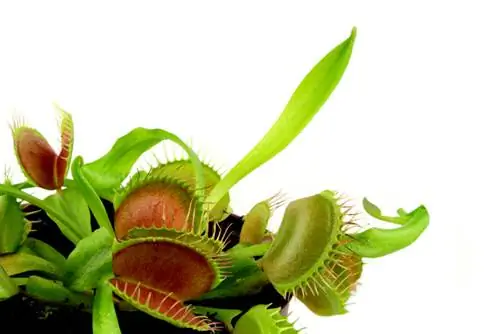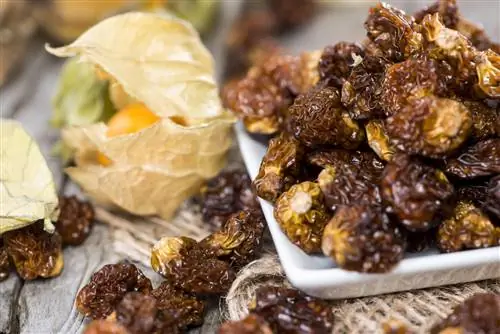- Author admin [email protected].
- Public 2023-12-16 16:46.
- Last modified 2025-06-01 06:02.
Whether small lucky charms, huge protective plants or as bamboo shoots on the plate - bamboo is nature's high-tech material in terms of size, lightness and strength: it is stable, light, elastic and edible

What properties make bamboo special?
Bamboo is characterized by its stability, lightness, elasticity and edibility. As nature's high-tech material, bamboo has a stable, hard outer structure and a soft inner core. It is used both as a building material and in Asian dishes, with certain species such as Dendrocalmus, Gigantochloa and Phyllostachys being cultivated.
Phyllostachys-Aureosulcata - botanically, bamboo belongs to the sweet grass family. Around 115 bamboo families (Bambusae) with a total of around 1300 species grow worldwide.
Bamboo or wood?
The bamboo family includes all tree- or shrub-like grasses with perennial, woody or branched trunks. The technical properties of bamboo are very similar to those of wood. While wood has a hard core and becomes softer on the outside, bamboo is hard on the outside and soft on the inside - a much more stable structure.
Eat and build vegetarian food
Bamboo is used in a variety of ways not only as a building material, but also as food. Bamboo is used in numerous Asian dishes, similar to asparagus here. Various types of bamboo are bred and grown in plantations for this purpose:
- Dendrocalmus
- Gigantochloa
- Phyllostachys
Tips & Tricks
Cook bamboo before eating to neutralize the toxic hydrogen cyanide. Since bamboos only bloom once every 80 years, bamboo rice, the seed of the bamboo plant, is rarely on the menu.






